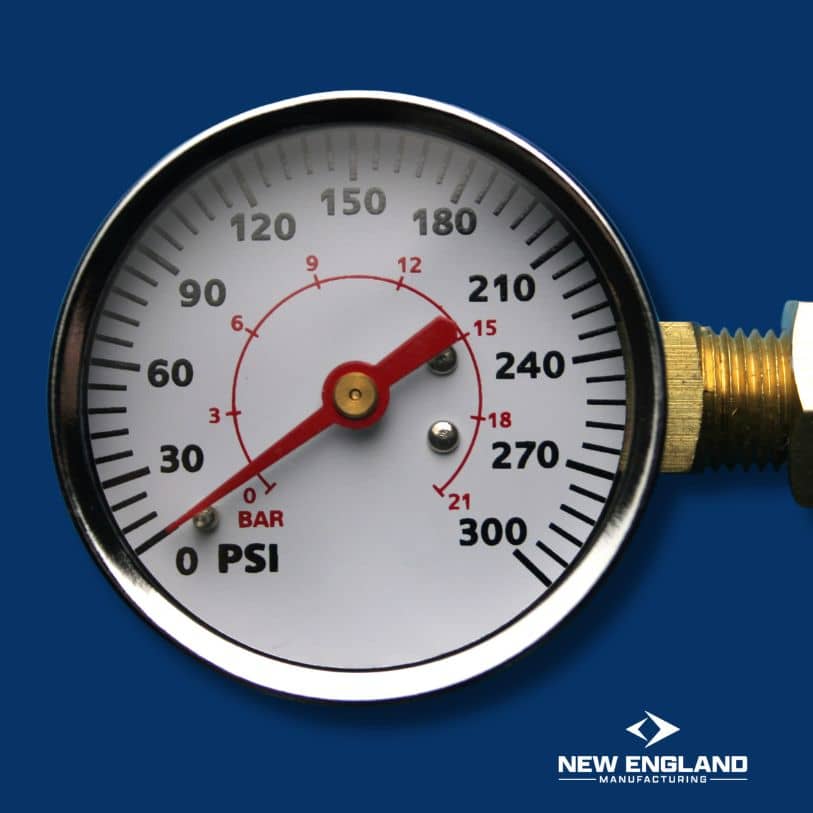Speed Unleashed: Enhancing Flow Test Efficiency
In today’s fast-paced world of technology and development, understanding and optimizing flow test speed is a cornerstone of success. Whether you’re a developer, project manager, or tech enthusiast, the efficiency of your flow test speed can dramatically impact your project outcomes. This detailed exploration delves into the intricacies of flow test speed methods. Furthermore, we aim to guide you through various strategies and tips to enhance your flow test speed, equipping you to meet the challenges of the current technological era with expertise and confidence.
The Importance of Optimizing Flow Test Speed
Optimizing flow test speed is not just a technical necessity; it’s a strategic advantage in the tech industry. With development cycles constantly shrinking, conducting rapid and efficient flow tests directly impacts a project’s success. Quick flow tests provide faster feedback, enable quicker iterations, and allow a more agile response to market demands. Additionally, when multiple teams or departments rely on test results, improved flow test speed can significantly boost overall productivity and collaboration. Therefore, optimizing flow test speed is crucial for staying relevant and competitive in an ever-evolving technological landscape.
Techniques to Enhance Flow Test Speed
Effectively enhancing flow test speed requires a multifaceted approach. Automation is a key technique, as automating repetitive and time-consuming aspects of flow tests can drastically reduce manual effort and errors. Optimizing the testing environment is also crucial. This involves streamlining data management processes, using high-performance hardware, and minimizing network latency. Implementing parallel testing, where multiple tests run simultaneously rather than sequentially, also reduces overall test time. Regularly maintaining and updating testing tools and frameworks ensures that the flow test process remains not only fast but also up-to-date with technological standards.
Real-World Applications and Case Studies
In various industries, the benefits of optimized flow test speed are evident. In software development, for instance, companies implementing continuous integration and continuous deployment (CI/CD) pipelines have seen significant improvements in deployment frequency and quality. In telecommunications, faster flow tests have enabled quicker feature and service rollouts, directly impacting customer satisfaction and revenue. These case studies show that optimizing flow test speed can improve product quality, reduce time-to-market, and increase competitive advantage, regardless of the industry.
Common Challenges in Flow Test Speed Optimization
Optimizing flow test speed presents several challenges. Integrating new testing tools or processes into existing workflows often requires significant changes in team dynamics and work processes. Maintaining a balance between speed and accuracy is another challenge, as the pursuit of faster testing could compromise the thoroughness and quality of tests. To address these challenges, teams should undertake comprehensive training, implement new tools in phases, and focus strongly on quality assurance throughout the optimization process.
Future Trends in Flow Test Speed Optimization
The future of flow test speed optimization is closely tied to technological advancements. Artificial Intelligence (AI) and Machine Learning (ML) are emerging as key players in automating and refining testing processes. AI-driven predictive analytics could anticipate potential issues and optimize tests accordingly. Moreover, the growing prevalence of cloud-based testing environments offers scalable resources and flexibility, leading to further improvements in speed. Incorporating these trends into testing strategies is crucial for staying ahead in flow test speed optimization.
Best Practices for Consistent Flow Test Speed Improvement
Consistently improving flow test speed requires adherence to certain best practices. Regular reviews and updates of testing processes ensure methods remain efficient and effective amidst changing technologies and requirements. Fostering a culture of continuous learning within teams encourages the sharing and implementation of new speed optimization ideas. Monitoring metrics and performance data help identify improvement areas and measure the impact of changes. When applied consistently, these practices create a robust framework for ongoing improvement in flow test speed.
Conclusion
In conclusion, mastering flow test speed optimization is an ongoing process that demands adaptability and a deep understanding of both current and future trends. From understanding its importance to implementing best practices, this exploration provides a comprehensive roadmap for enhancing flow test speed. In the technological realm, efficiency and speed are often key to success. Investing in optimizing your flow test speed sets you up for greater efficiency and success in a competitive, fast-paced world. Let this guide inspire and motivate you as you strive for excellence in all your tech endeavors.
Read More:
Boosting Water Volume for Efficiency

Mark R.
With a strong foundation in industrial safety and fire protection systems, Mark R. specializes in creating clear, technical, and compliance-driven content. Writing for SafeTech Reports, he covers topics such as fire hydrant testing, PPE protocols, emergency procedures, and smart technology integration in safety systems. His work ensures that professionals stay informed on the latest regulations, best practices, and emerging trends in safety and infrastructure maintenance.
Get in touch
We usually respond within 24 hours
Need Reliable Water Flow Test Equipment?
For over 70 years, New England Manufacturing has been the trusted source for fire hydrant and water flow testing kits. From pitot gauge kits to custom test kits, we provide precision, durability, and expert calibration to meet your needs.
- Custom-built test kits
- High-quality pressure gauges
- Reliable calibration services


